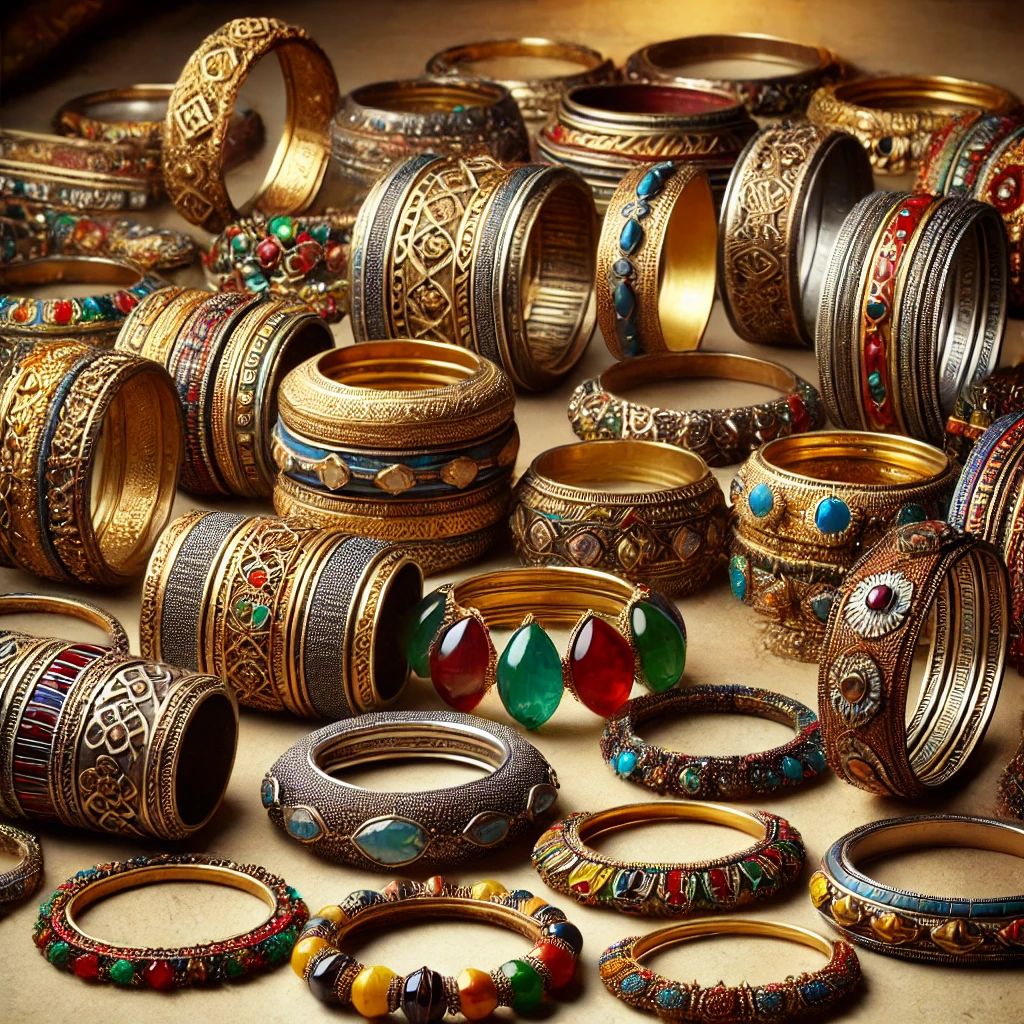Do people in the traditional economy making braclets: Although mass industry and technology rule our globe, the conventional economy is still rather important in many different spheres. People live this manner depending on time-honored knowledge, local resources, and the surroundings. One of the amazing features of this economy is the skill of bracelet manufacture. Bracelets created in traditional economies are more than just ornaments; they are profoundly linked to culture, workmanship, and community regardless of their basic woven string or complex beaded design.
Do people in traditional economies thus still create bracelets? And if they do, what distinguishes these braces so especially? Let’s investigate the function of bracelet production in the traditional economy and what it means for the people who maintain this art alive.
The Essence of the Traditional Economy
Understanding the traditional economy is crucial before we start making bracelets. With people depending on farming, hunting, fishing, and handicap, this economy emphasizes sustenance. Custom, local resources, and a close relationship to environment drive this economy. Unlike industrial economies, in which profit-driven motivations and mass production rule, the traditional economy is about maintaining families, communities, and cultural customs.
Creating bracelets in this context is a preservation act. It’s about preserving historic knowledge and applying it to produce something exquisite. Making bracelets is a meaningful means for many people in these countries to carry on customs from one generation to the next, not only a pastime.
A Cultural Touch: Why Bracelets Matter
In traditional societies, bracelets are sometimes far more than just accessories. They have symbolic and cultural weight. Braces represent significant life milestones, including birth, coming of age, or marriage, in many traditional societies. They might be worn as a statement of strength, protection, or spiritual beliefs or given as presents.
Braces are traded in various places. This is about maintaining a local economy alive, not only about trade of products. One could barter a well-made bracelet for food, cattle, or another good. This kind of exchange guarantees the survival of customs and helps to build social ties.
The Materials of Traditional Bracelets
The materials employed in traditional economies provide bracelets from them special character. Usually made from locally available natural materials, these bracelets are not mass-produced plastic or metal. Typical materials used in traditional bracelet construction are listed here:
Natural Fibers: Many classic bracelets are fashioned from silk, hemp, or cotton fibers. Usually picked from nearby flora, these materials are processed into thread or string. By means of the weaving technique, artists can develop complex patterns and symbols with cultural relevance.
Beads and Stones: Bracelet designs frequently feature beads crafted from stones, bones, or seeds, either of which are derived from These beads have spiritual or cultural importance, not only aesthetic value. For instance, in certain societies, every bead stands for a distinct facet of life—family, environment, or the spiritual realm.
Wood and Bone: In some places, craftspeople carve bracelets from wood or bone. These robust materials can be exquisitely formed into complex shapes. Braces made of wood and bone could also include symbolic carvings or marks signifying a given society or religious system.
Many times, the materials utilized mirror the surroundings in which the artists reside. While a coastal culture could value shells and sea stones, a community in a forest might use wood and bone. These locally produced materials also make bracelet-making a green and sustainable activity.
Techniques Behind the Craft
Making traditional bracelets is not only about the components but also about the methods applied to turn them into something exquisite. Bracelets are made by certain basic techniques used by ordinary economy artists:
Weaving: Weaving Among the first methods, weaving is the one in which threads are entwined to create designs and patterns. This is a delicate process calling for both knowledge and patience. Simple equipment or manual work let weavers make everything from basic bands to complex, vibrant motifs.
Beading: Another classic in many ancient civilizations are beaded bracelets. Strung together, beads create symbols or patterns. One can create the beads from glass, wood, stone, and seeds among other materials. Though the process of making these bracelets is sometimes slow and exact, the outcome is a piece of art with cultural significance.
Macrame: Strong, flexible bracelets are produced using this knotting method, macrame. To build complex designs, one ties knots in particular sequences. Many ancient villages still find great popularity for this approach, which has been handed down for generations.
Carving: In some societies, craftspeople create bracelets straight from wood, bone, or another material. Usually featuring original carvings reflecting the beliefs, morals, or history of the society, these bracelets are Since carving calls for accuracy and talent, every item is somewhat unique.
Every method captures the distinctiveness of the culture that produced it. Whether one is carving complex symbols or weaving vibrant fibers, the techniques applied to create bracelets are just as important as the bracelets themselves.
How Traditional Bracelets Support Local Economies
Making bracelets supports the local economy in many traditional societies in addition to being a cultural activity. Many times sold or traded in local markets, bracelets give artists a source of money. Some villages sell these bracelets to visitors either locally or online, therefore enabling the traditional economy to flourish in the new world.
For instance, African village artists frequently create elaborate beaded bracelets and sale them to visitors or in nearby marketplaces. These sales give households revenue and sustain the nearby economy. The bracelets also help to tell the world their culture and stories.
Making bracelets supports traditional handicap by means of financial support. Teaching the younger generation bracelet-making helps artists to ensure that these talents are not lost. This sustains cultural practices by means of a cycle of information sharing.
The Global Appeal of Traditional Bracelets
Although local economies shape traditional bracelet-making, it has become well-known all over. The originality and authenticity of handcrafted bracelets are much valued by many people nowadays. People are enthralled with the workmanship and cultural relevance of each item, whether it is the vibrant woven bands from South America or the deft beadwork of Native American motifs.
For traditional artists, this worldwide curiosity has created fresh markets. Many towns that used just local trade today market their bracelets online, thereby reaching consumers all over. This change provides difficulties as well as fresh income possibilities. The flood of worldwide demand forces artists to strike a balance between preserving their ancestral techniques and fitting for new market trends.
Read Also: Fugazi x Unsound Rags Jacket
Conclusion
Making bracelets in the traditional economy is more than simply a hobby; it’s a way to sustain families, preserve culture, and keep a close relationship to the earth. Made in these nations, the bracelets are symbolic, environmentally friendly, and closely related to the values and ideas of the society.
People in traditional economies are preserving their customs and demonstrating the value of workmanship and cultural legacy by ongoing creation and trading of these exquisite works of art. We have to keep helping these artists and valuing the special contribution traditional bracelet-making offers to our planet as it develops.

